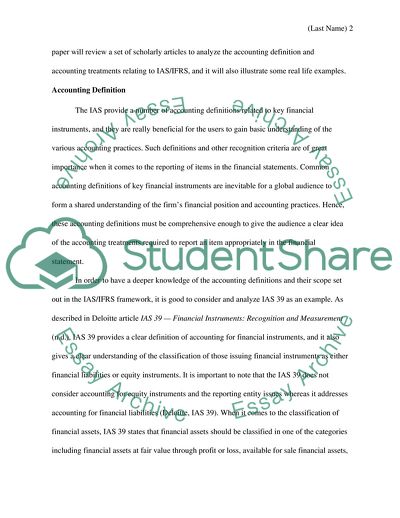Cite this document
(International Financial Reporting Standards and International Coursework, n.d.)
International Financial Reporting Standards and International Coursework. Retrieved from https://studentshare.org/finance-accounting/1862355-ifrs-15-and-ifrs-9
International Financial Reporting Standards and International Coursework. Retrieved from https://studentshare.org/finance-accounting/1862355-ifrs-15-and-ifrs-9
(International Financial Reporting Standards and International Coursework)
International Financial Reporting Standards and International Coursework. https://studentshare.org/finance-accounting/1862355-ifrs-15-and-ifrs-9.
International Financial Reporting Standards and International Coursework. https://studentshare.org/finance-accounting/1862355-ifrs-15-and-ifrs-9.
“International Financial Reporting Standards and International Coursework”, n.d. https://studentshare.org/finance-accounting/1862355-ifrs-15-and-ifrs-9.


